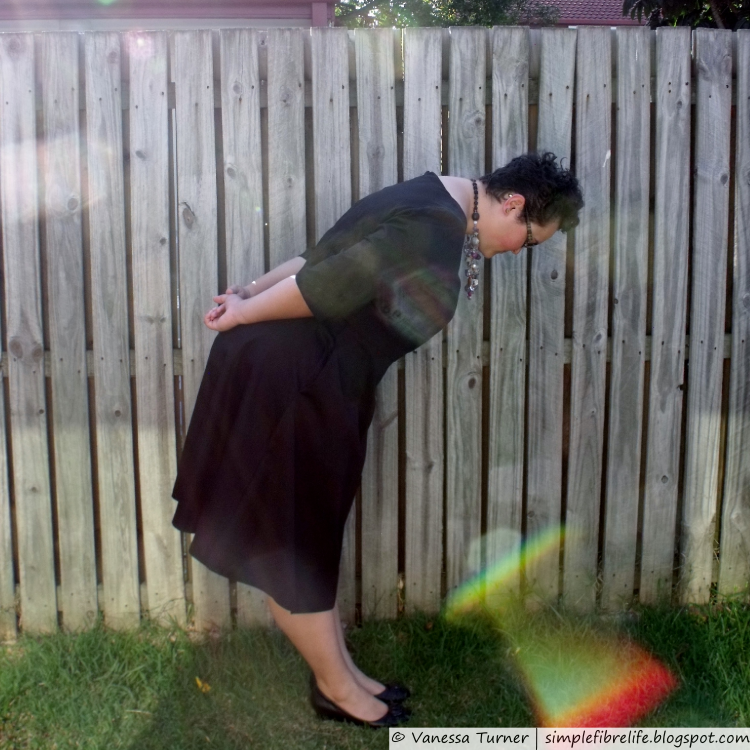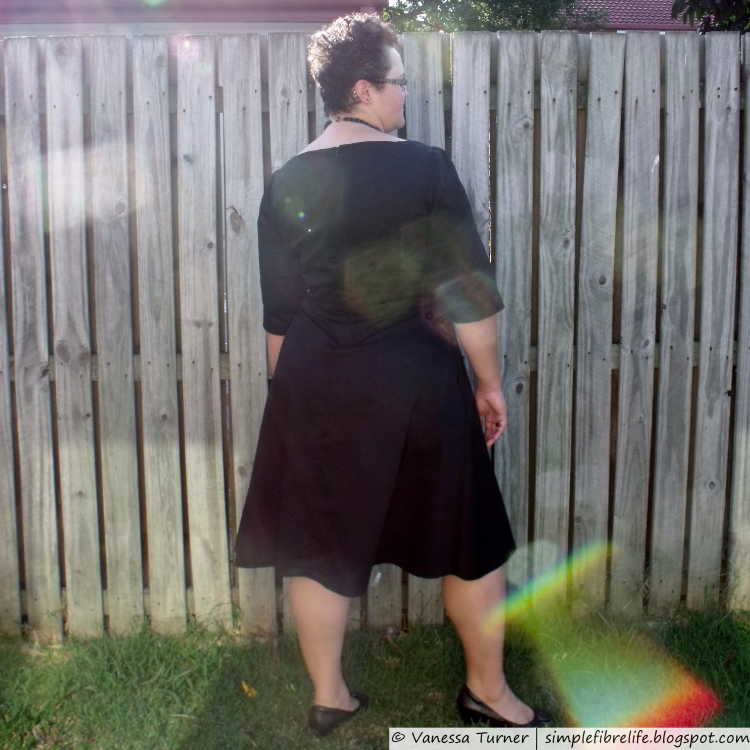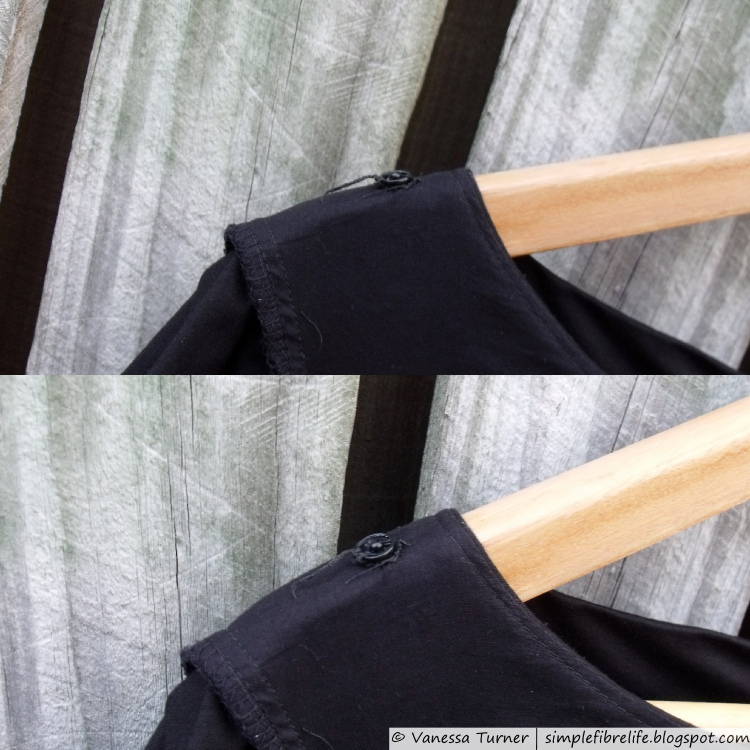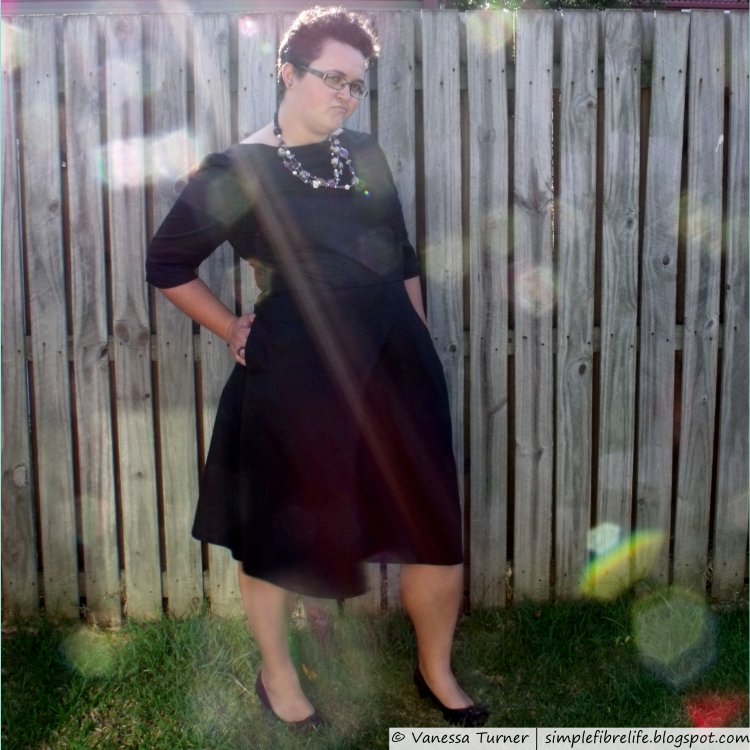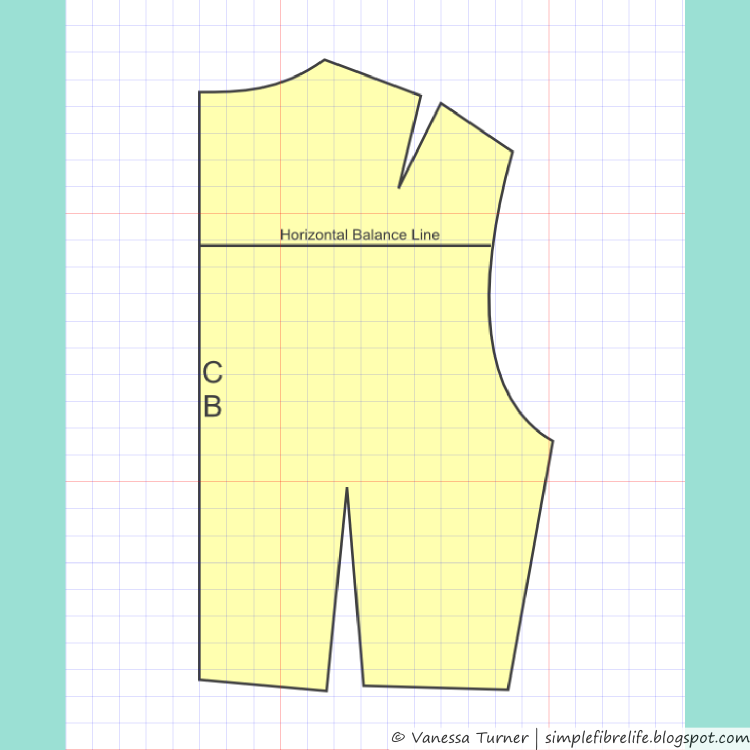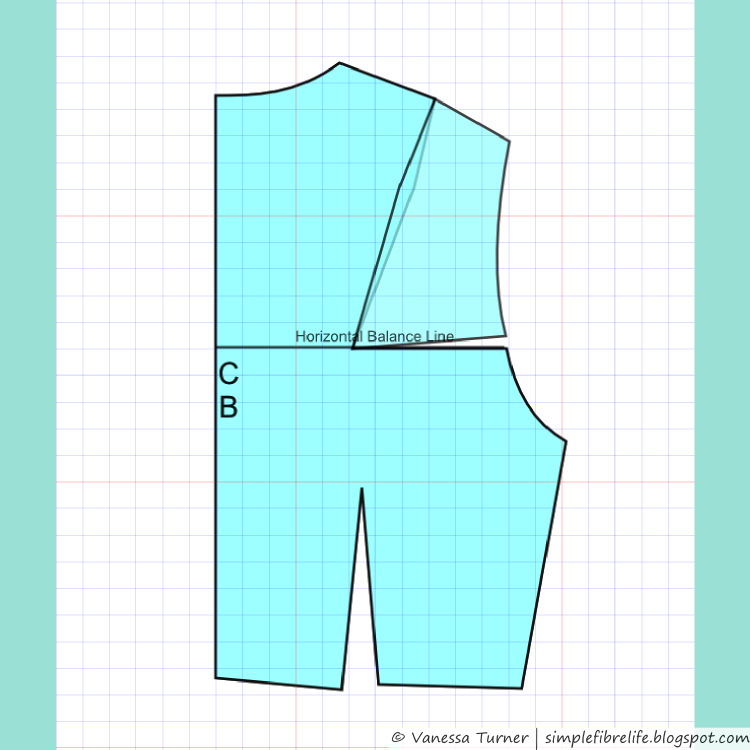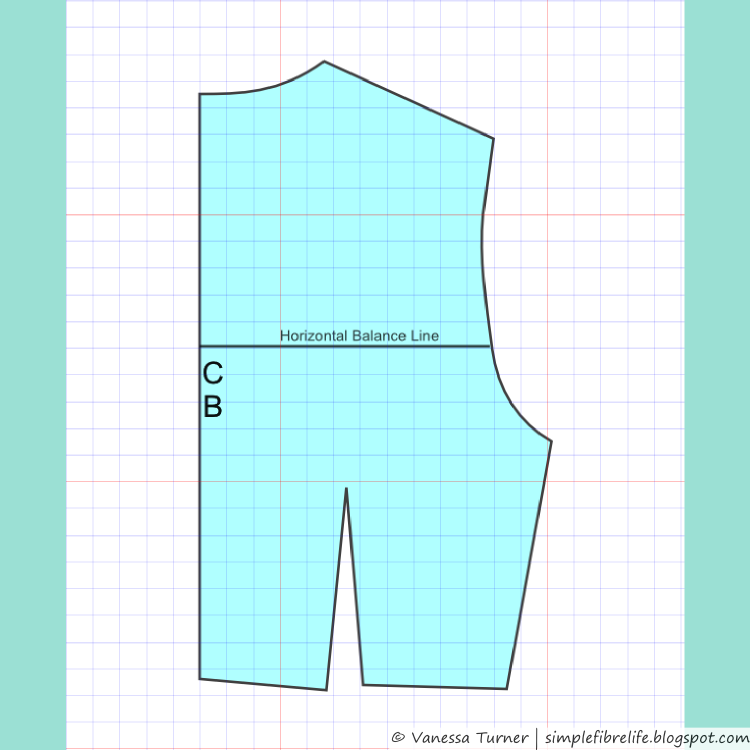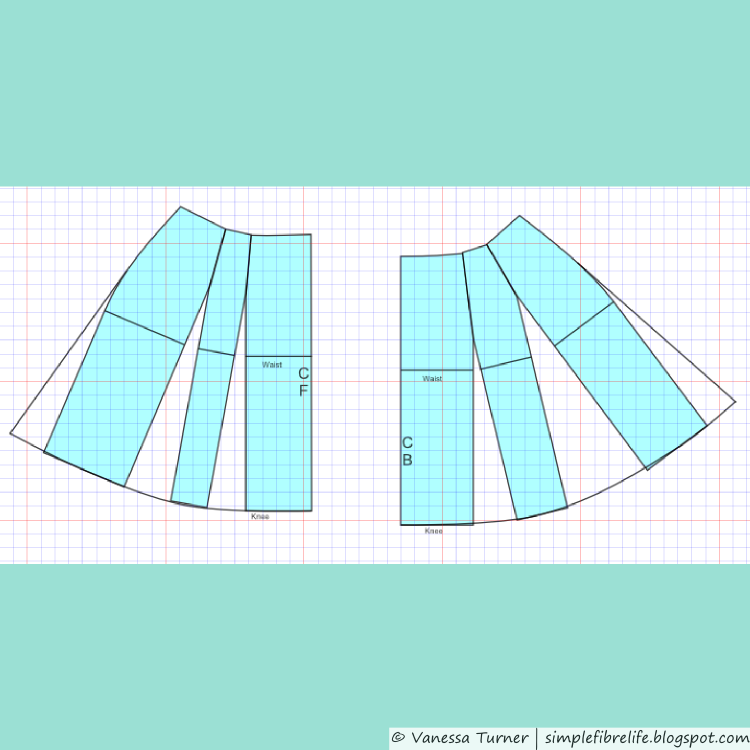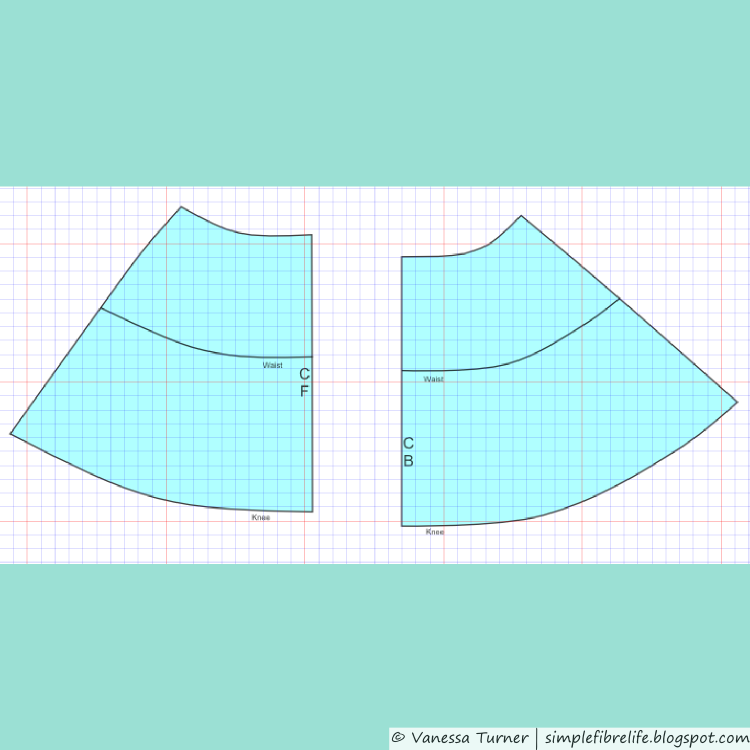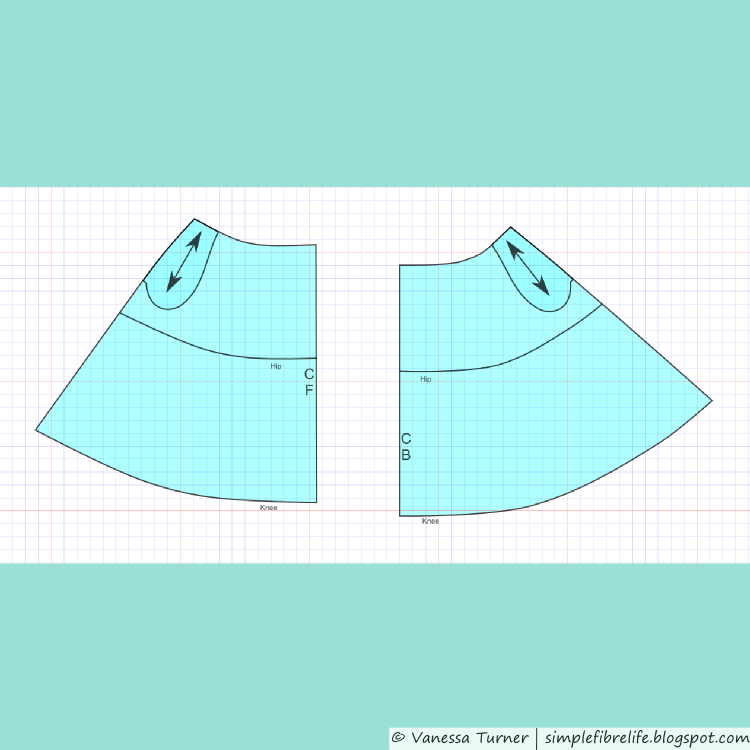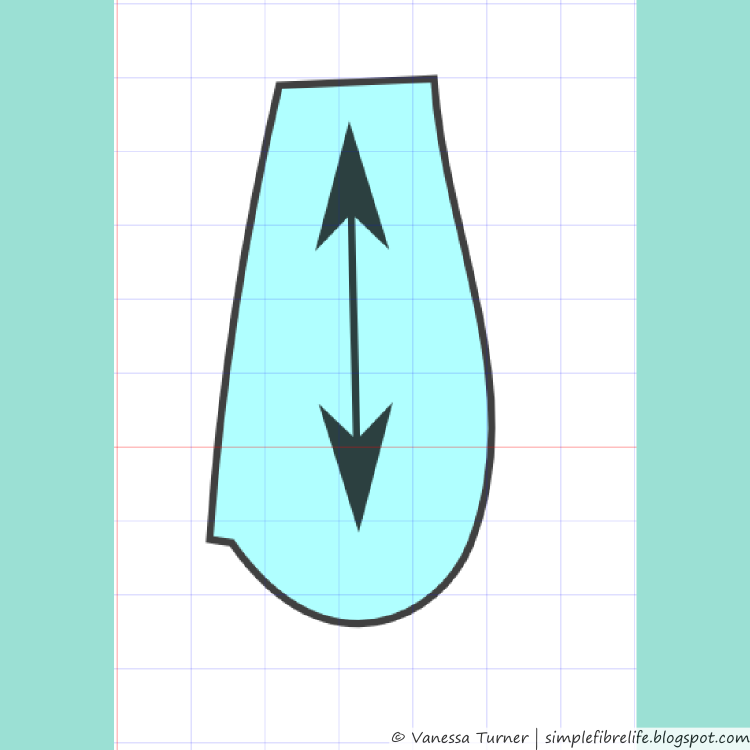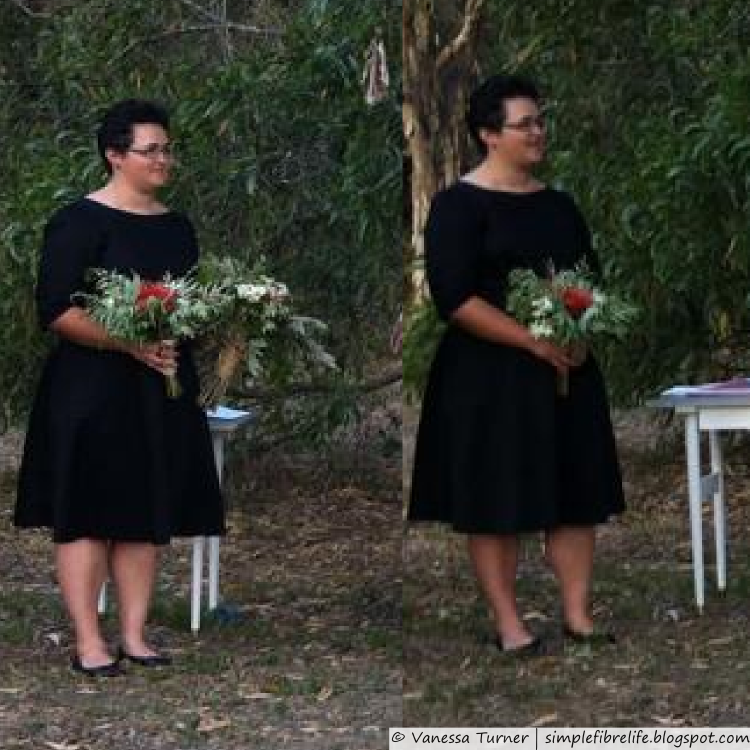 |
| The mini patterns we got in class [source] |
Aaanyway, I got it in my head that I wanted to learn how to draft patterns, well really I'd been thinking about it for a long time. I read a lot about sewing and have a lot of sources of information for my
I could have learnt pattern drafting out of a book, or looked around on the web, but I'm the kind of person who needs to be face-to-face with someone showing me how to do something and the added accountability of having someone to answer to, homework and having paid for a class in order to push myself to do something. So finding a patternmaking class was the obvious option.
I knew that I didn't want to take an accredited course, because they are flipping expensive, and I don't intend on applying for fashion industry jobs, so I don't need a piece of paper saying that I know things.
Now something to mention here, Brisbane is divided by a big river that essentially divides it into North and South. I try to avoid crossing the river as much as possible because it's time consuming and if you're crossing at toll bridges it can get expensive. So I looked for courses in my area on the north side...there wasn't much happening. I did email a sewing school that was near my house, but I never heard back from them. Lame!
So I finally narrowed the search to a sewing school...on the south side. Sigh... I got over myself and sent an email asking for a course outline and got an email that afternoon. I looked over the course summary I got and after uhmming and ahhing I enrolled.
 |
| A frilled mini-skirt done for homework [source] |
In the course we learnt the first 2 principals of patternmaking - dart manipulation & adding fullness. The third principal - contouring is covered in the next patternmaking course. We did our pattern drafting in class and sewed our toiles (muslins, test garments) at home. At the end of most classes we had to do some sort of homework whether it was work on our own blocks or making mini garments from half scale patterns (mini-patts) we were given or both.
On the first day after a brief introduction we dove straight into taking body measurements and drafting a 2 dart skirt block. We were asked to bring pictures of skirts that we liked to the next class. We had to sew our skirt toiles for the teacher to check the fit at the next lesson. These pictures were used to teach us patternmaking techniques, which I thought was a great idea.
We covered how to do a design analysis, some of the key things to look for when picking apart a design to 'be inspired by' (*cough* copy *cough*). The teacher talked about dart manipulation and demonstrated on the mini-patts. The difference between pivot and slash & spread methods of manipulating darts was covered.
Here's a quick look at what was covered in class:
- Taking body measurements for a skirt blocks
- Drafting a 2 dart skirt block
- Adding flare by closing darts
- The rules of how to manipulate darts
- The effect grainline has on drape
- Gored skirts
- Making a 1 dart skirt block from a 2 dart skirt block
- Ways of using the 2 dart vs 1 dart block for different styles by separating at the darts
- Godets
- Skirt yokes
- Circular patterns - e.g. circle skirts, sleeve ruffles
- Frills vs. ruffles
- Peplums
- Pleats
- Taking measurements for bodice blocks
- Determining bust cup size
- Using body measurements to adjust a commercially drafted bodice blocks block
- Dart manipulation on a bodice
- Cowl necklines
- V necklines
- Shaped necklines
- Using body measurements to adjust a commercially drafted sleeve block
- Changing sleeve styles using fullness
- Facings
- Collars
- Button bands
- Converting a pattern for wovens to be used for knits
- And way more bits and pieces...
The main thing I learned out of the course was that I knew a lot more about patternmaking than I thought. I did learn some tips and tricks along the way, but for me the main thing was putting into practice a lot of what I already knew. So that has given me way more confidence with my patternmaking.
I'm not going to take the next patternmaking course, I'm pretty happy with the skills and confidence I got from this course. I want to practice using the skills I have before I continue if I want to.
 |
| Working on my bodice toile [source] |
~What I Liked~
- The instructor was lovely and approachable.
- At the end of the course I had a 2 dart and 1 dart skirt block, a bodice block and a sleeve block.
- I learnt that experimentation and toiles are very important when designing your own styles.
- The teacher used some of the pictures of skirts that we had brought in to demonstrate patternmaking techniques. I thought that was a great way to make it a more personal learning experience.
- One of the biggest take aways for me was how to adjust a woven pattern for stretch fabrics.
- The small class size of 5 people meant there was a lot of one-on-one attention. Each person got, body measurements were taken by the teacher and the fit of our toiles was checked by her too.
- We did a lot of exercises in our sketch books so that was a good way of practicing what we learnt and I use it as a mental prompt now that the class is over.
- The teacher also has an alterations, dressmaking and a patterndrafting business so this meant there were lots of interruptions and distractions during class. There was a lady doing digital patternmaking in the same room and whenever she started the plotting machine up it make a lot of noise. The teacher didn't always have someone to answer the phone for her so she had to answer it when it rang sometimes. So that was annoying, but a necessary evil.
- I really wish we had learnt how to draft bodice and sleeve patterns from scratch. Instead we traced off our patterns from her set of blocks and made adjustments from there, but I guess it was a good lesson on how to adjust patterns to fit our measurements. However, it really would have taken a long time do that which would mean we wouldn't have covered as much content in the class.
- I found the course was missing a little structure and I wished that there were more teaching resources like fabric samples/step outs to help explain things. I grasped the concepts eventually but there were a couple of times where it would have been handy for her to have a couple of samples or examples or pictures of what she was trying to say.
- Most of the reading materials we were given were mainly photocopies of books the teacher had in her library. I wouldn't mind so much if photocopies were supplements, but most of the materials were photocopies. I just expected that there would be more original content.
 |
| Drafting using a 1 dart skirt block to draft [source] |
Other than the course expense itself, I didn't need to buy too much for the class. I already had a lot of the stationary and tools. However, I bought a sketch book and folder for all the printed materials we were given and after a few classes I also ended up buying a set of curves and a grading ruler. Even though I had sewing curve/ruler from way back here.
| Course | 10 X 3 hours | $745 |
| Additional tools | Tailors awl Grading Ruler Curved rulers Sketch book Folder | ~$5.50 $25.00 $20.00 ~$6.00 ~$9.00 |
| Travel | Bridge Toll - 10 * 2 * $4.25 Car expenses - just throwing a number out there |
$85.00 ~$100.00 |
| Total | ~$995.50 |
That sounds like a lot, but really if you break it down that is about $34 per hour, so not too bad really. That's about the hourly rate for private sewing classes. When I think about the one-on-one attention each person got it is pretty good.
Do you make lots of pattern adjustments? Do you make your own patterns? Have you taken a sewing or patternmaking course? What was your favourite thing about it?
Let me know, I love reading your comments :)
Until next time,

Let's connect online :)
|






